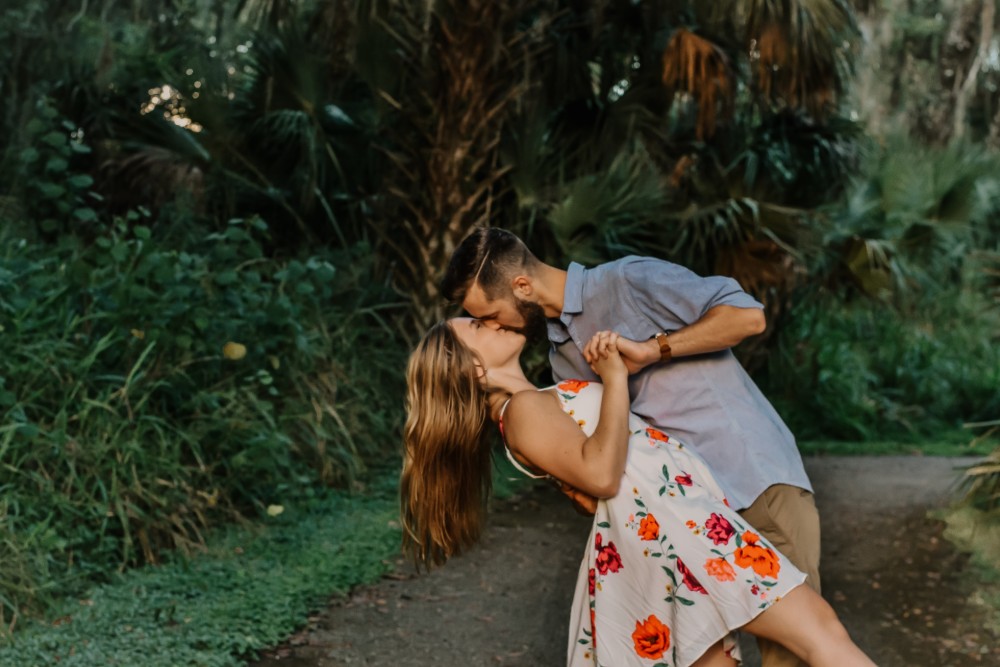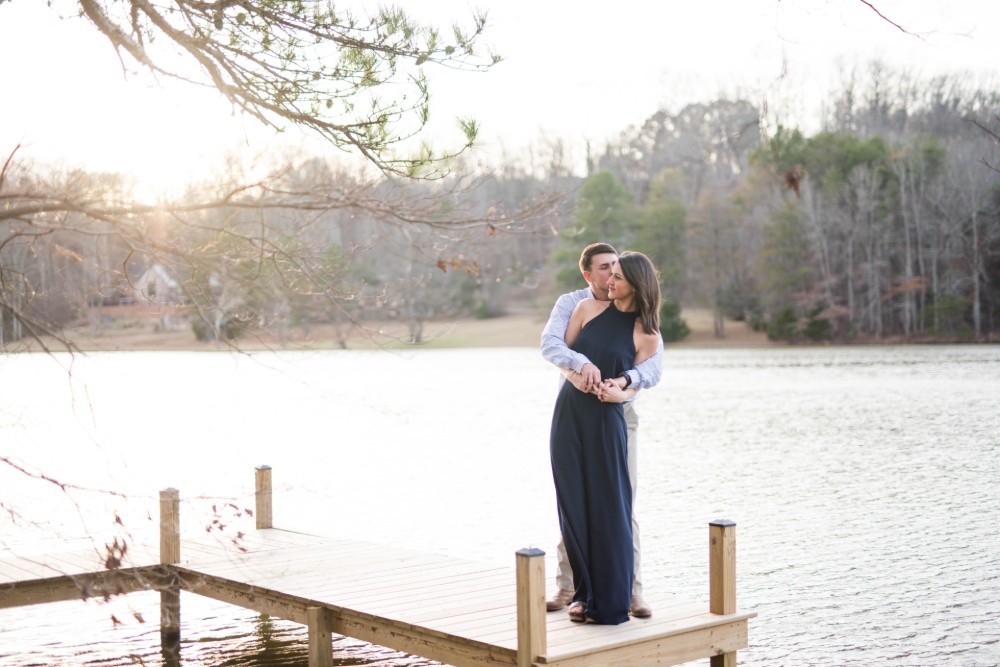4 Things You’ll Want to Know to Determine Your Engagement Ring Budget
November 1st, 2019

There’s quite a few “rules of thumb” that circulate in popular culture about how much you ought to spend on an engagement ring, but none of these things get to the most important assessments of budget—how much are you willing to spend; what does your partner want; and how much wiggle room do you have in fulfilling certain desires?
To that end, we at Rogers Jewelry Co. have put together a handy list of points about engagement budgeting that you can keep in mind when you’re searching for the perfect engagement ring with which to pop the question!
Your Diamond Size
Usually, when women talk about the size of the stone they want in their diamond engagement ring, they default to whole numbers—one carat, two carat, and so on. But here’s the thing: Everyone defaults to those whole numbers because that’s the way the human mind works. Shoppers, jewelers, and designers all work around the concept of the 1-carat stone and its multiples.
But because of demand, the cost of a diamond increases significantly when you choose carats in whole numbers. If your partner wants a 2-carat diamond, why not look into a 1.96-carat diamond? The price tag on these diamonds drops significantly—even though they can be set in a 2-carat setting and it’s impossible for the naked eye to tell the difference!
Your Diamond Shape
You may not realize it, but the shape of a diamond changes its price dramatically. There are multiple reasons why this is the case: Demand, the amount of waste crystal for certain shapes, and popularity all have an effect on what you’ll pay for a diamond.
The most expensive shapes are those that are the most popular, most demanded, and the most inefficient to produce. Round, marquise, oval, and pear cuts are the most expensive. Emerald and radiant cuts are the least expensive. Princess, Asscher, cushion, and heart cuts are in the middle. If your love’s passion is for a round cut ring, why not discuss an alternative like a cushion- or radiant-cut diamond?

Choosing White Gold vs. Platinum
Many women have a real passion for platinum engagement rings and wedding bands. But that passion may be tempered by the fact that platinum is significantly more expensive than gold. Platinum is a rarer metal in the Earth’s crust, and only about 160 tons of platinum are mined annually. Plus, platinum weighs more than gold, causing less of it to command a higher price tag than an equal volume of gold.
While platinum doesn’t require alloying or plating to maintain its refined pale hue, choosing an 18k or 14k white gold band will save quite a bit of money, and work just as well at providing a neutral background to show off your favorite Hearts on Fire diamond!
Solitaires
So, let’s say you’ve picked your diamond, and you’re looking for the right setting. Your first instinct might be to choose a big glitzy halo ring, but if you’re working on a budget, it may be better to select a more cost-effective solitaire ring.
Solitaire engagement rings have remarkable uniqueness that can make them a better option that other settings. First, with the center stone being the only one in a solitaire, all attention is drawn to it, which is good when you have a diamond you really adore. Second, without side stones, designers have the space to add unique textures, carvings, and filigrees to the metal of the shanks, giving these rings added appeal.
Find the Perfect Engagement Ring at Rogers Jewelry Co.
If you’re interested in more engagement ring ideas, including discussing the collections we carry at Rogers Jewelry Co., contact us via email at contact@thinkrogers.com or visit us at our eight locations: Modesto, San Luis Obispo, Bakersfield, Folsom, Fresno, Elk Grove, and Visalia, California; or Reno, Nevada!